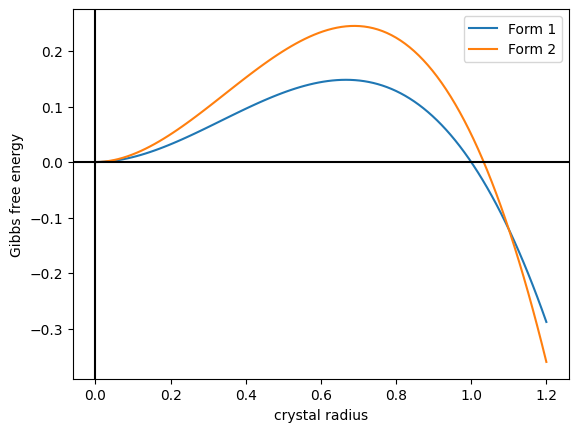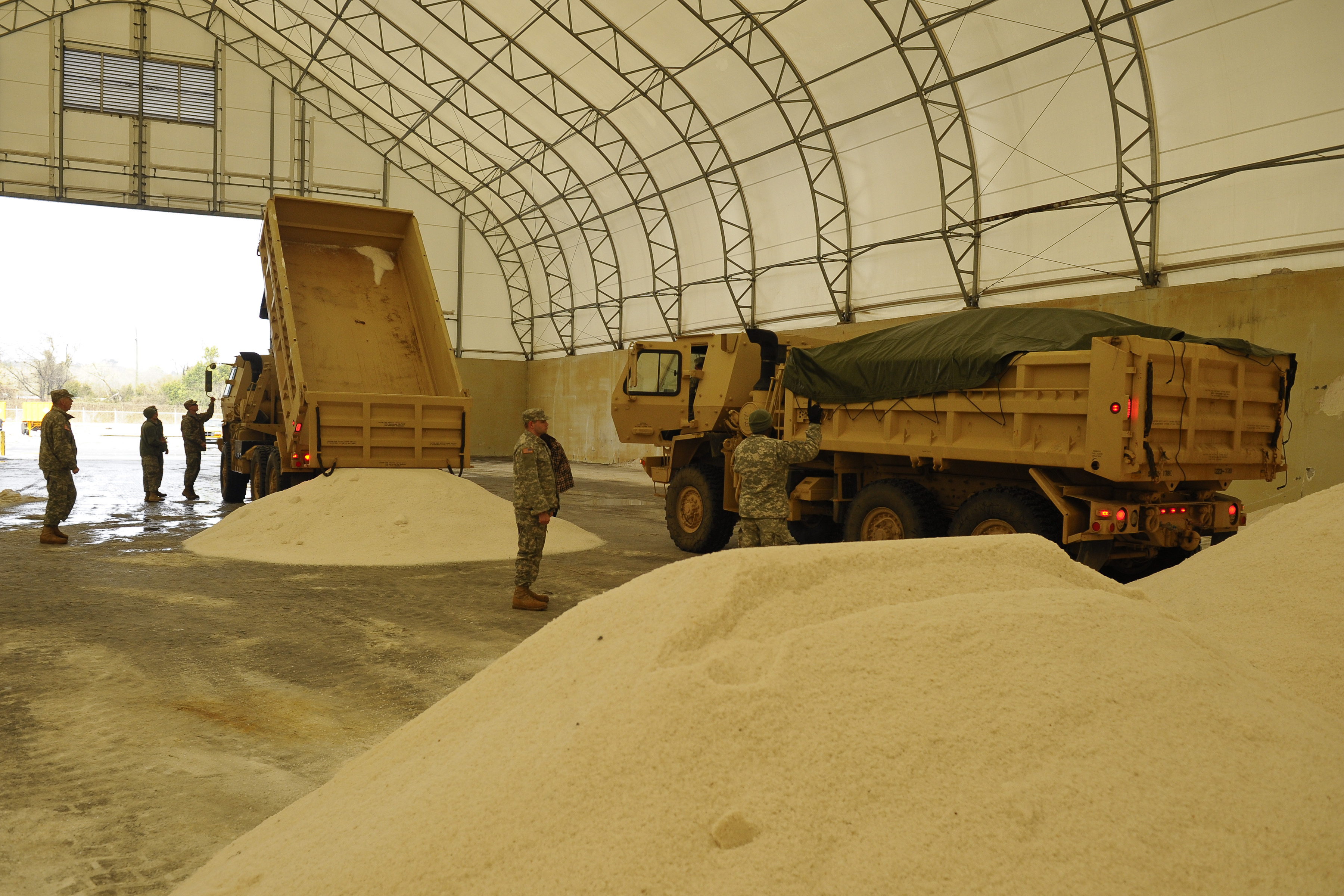|
Indium(I) Chloride
Indium(I) chloride (also indium monochloride) is the chemical compound with the formula InCl. Indium monochloride occurs as a yellow cubic form below 120 °C and above this temperature as a red orthorhombic form. InCl is one of three known indium chlorides. Synthesis and structure InCl can be prepared by heating indium metal with indium trichloride in a sealed tube. According to X-ray crystallography, the structure of the yellow polymorph resembles that of sodium chloride except that the Cl-In-Cl angles are not 90°, but range between 71 and 130°. The red (high T) polymorph crystallizes in the thallium(I) iodide motif. Reactivity The relatively high energy level of the 5s electrons of the indium center make InCl susceptible to oxidation as well as disproportionation into In(0) and InCl3. Tetrahydrofuran Tetrahydrofuran (THF), or oxolane, is an organic compound with the formula (CH2)4O. The compound is classified as heterocyclic compound, specifically a cyclic ether ... [...More Info...] [...Related Items...] OR: [Wikipedia] [Google] [Baidu] |
Indium Chloride
Indium chloride may refer to: * (indium(I) chloride), InCl *Indium dichloride ( indium(II) chloride), InCl2 *Indium trichloride (indium(III) chloride Indium(III) chloride is the chemical compound with the formula which forms a tetrahydrate. This salt is a white, flaky solid with applications in organic synthesis as a Lewis acid. It is also the most available soluble derivative of indium. This ...), InCl3 {{Short pages monitor ... [...More Info...] [...Related Items...] OR: [Wikipedia] [Google] [Baidu] |
X-ray Crystallography
X-ray crystallography is the experimental science of determining the atomic and molecular structure of a crystal, in which the crystalline structure causes a beam of incident X-rays to Diffraction, diffract in specific directions. By measuring the angles and intensities of the X-ray diffraction, a crystallography, crystallographer can produce a three-dimensional picture of the density of electrons within the crystal and the positions of the atoms, as well as their chemical bonds, crystallographic disorder, and other information. X-ray crystallography has been fundamental in the development of many scientific fields. In its first decades of use, this method determined the size of atoms, the lengths and types of chemical bonds, and the atomic-scale differences between various materials, especially minerals and alloys. The method has also revealed the structure and function of many biological molecules, including vitamins, drugs, proteins and nucleic acids such as DNA. X-ray crystall ... [...More Info...] [...Related Items...] OR: [Wikipedia] [Google] [Baidu] |
Polymorphism (materials Science)
In crystallography, polymorphism is the phenomenon where a compound or element can crystallize into more than one crystal structure. The preceding definition has evolved over many years and is still under discussion today. Discussion of the defining characteristics of polymorphism involves distinguishing among types of transitions and structural changes occurring in polymorphism versus those in other phenomena. Overview Phase transitions (phase changes) that help describe polymorphism include polymorphic transitions as well as melting and vaporization transitions. According to IUPAC, a polymorphic transition is "A reversible transition of a solid crystalline phase at a certain temperature and pressure (the inversion point) to another phase of the same chemical composition with a different crystal structure." Additionally, Walter McCrone described the phases in polymorphic matter as "different in crystal structure but identical in the liquid or vapor states." McCrone also def ... [...More Info...] [...Related Items...] OR: [Wikipedia] [Google] [Baidu] |
Sodium Chloride
Sodium chloride , commonly known as Salt#Edible salt, edible salt, is an ionic compound with the chemical formula NaCl, representing a 1:1 ratio of sodium and chloride ions. It is transparent or translucent, brittle, hygroscopic, and occurs as the mineral halite. In its edible form, it is commonly used as a condiment and curing (food preservation), food preservative. Large quantities of sodium chloride are used in many industrial processes, and it is a major source of sodium and chlorine compounds used as feedstocks for further Chemical synthesis, chemical syntheses. Another major application of sodium chloride is deicing of roadways in sub-freezing weather. Uses In addition to the many familiar domestic uses of salt, more dominant applications of the approximately 250 million tonnes per year production (2008 data) include chemicals and de-icing.Westphal, Gisbert ''et al.'' (2002) "Sodium Chloride" in Ullmann's Encyclopedia of Industrial Chemistry, Wiley-VCH, Weinheim . Chem ... [...More Info...] [...Related Items...] OR: [Wikipedia] [Google] [Baidu] |
Thallium(I) Iodide
Thallium(I) iodide is a chemical compound with the formula . It is exists as both a solid and high temperature red polymorph. Thallium(I) iodide is one of several water-insoluble metal iodides, along with AgI, CuI, SnI2, SnI4, PbI2, and HgI2. Synthesis and reactions TlI can be formed in aqueous solution by metathesis of soluble thallium salt with iodide ion. Alternatively, it has been prepared from the elements: : An excess of iodine produces thallium(I) triiodide, . Physical properties The room temperature form of TlI is yellow and has an orthorhombic structure which can be considered to be a distorted NaCl structure. The distorted structure is may be caused by favorable thallium-thallium interactions, the closest Tl-Tl distance is 383 pm. At 175 °C the yellow form transforms to a red CsCl form. This phase transition is accompanied by about two orders of magnitude jump in electrical conductivity. The CsI structure can be stabilized down to room temperature by ... [...More Info...] [...Related Items...] OR: [Wikipedia] [Google] [Baidu] |
Indium(III) Chloride
Indium(III) chloride is the chemical compound with the formula which forms a tetrahydrate. This salt is a white, flaky solid with applications in organic synthesis as a Lewis acid. It is also the most available soluble derivative of indium. This is one of three known indium chlorides. Synthesis and structure Being a relatively electropositive metal, indium reacts quickly with chlorine to give the trichloride. Indium trichloride is very soluble and deliquescent. A synthesis has been reported using an electrochemical cell in a mixed methanol-benzene solution. Like and , crystallizes as a layered structure consisting of a close-packed chloride arrangement containing layers of octahedrally coordinated In(III) centers,Egon Wiberg, Arnold Frederick Holleman (2001) ''Inorganic Chemistry'', Elsevier a structure akin to that seen in .Wells, A.F. Structural Inorganic Chemistry, Oxford: Clarendon Press, 1984. . In contrast, crystallizes as dimers containing . Molten conducts elec ... [...More Info...] [...Related Items...] OR: [Wikipedia] [Google] [Baidu] |
Tetrahydrofuran
Tetrahydrofuran (THF), or oxolane, is an organic compound with the formula (CH2)4O. The compound is classified as heterocyclic compound, specifically a cyclic ether. It is a colorless, water- miscible organic liquid with low viscosity. It is mainly used as a precursor to polymers. Being polar and having a wide liquid range, THF is a versatile solvent. It is an isomer of another solvent, butanone. Production About 200,000 tonnes of tetrahydrofuran are produced annually. The most widely used industrial process involves the acid-catalyzed dehydration of 1,4-Butanediol, 1,4-butanediol. Ashland Inc., Ashland/ISP is one of the biggest producers of this chemical route. The method is similar to the production of diethyl ether from ethanol. The butanediol is derived from Condensation reaction, condensation of acetylene with formaldehyde followed by hydrogenation. DuPont developed a process for producing THF by oxidizing Butane#Isomers, ''n''-butane to crude maleic anhydride, follow ... [...More Info...] [...Related Items...] OR: [Wikipedia] [Google] [Baidu] |
Chlorides
The term chloride refers to a compound or molecule that contains either a chlorine anion (), which is a negatively charged chlorine atom, or a non-charged chlorine atom covalently bonded to the rest of the molecule by a single bond (). The pronunciation of the word "chloride" is . Chloride salts such as sodium chloride are often soluble in water.Green, John, and Sadru Damji. "Chapter 3." ''Chemistry''. Camberwell, Vic.: IBID, 2001. Print. It is an essential electrolyte located in all body fluids responsible for maintaining acid/base balance, transmitting nerve impulses and regulating liquid flow in and out of cells. Other examples of ionic chlorides include potassium chloride (), calcium chloride (), and ammonium chloride (). Examples of covalent chlorides include methyl chloride (), carbon tetrachloride (), sulfuryl chloride (), and monochloramine (). Electronic properties A chloride ion (diameter 167 pm) is much larger than a chlorine atom (diameter 99 pm ... [...More Info...] [...Related Items...] OR: [Wikipedia] [Google] [Baidu] |
Indium(I) Compounds
Indium is a chemical element; it has symbol In and atomic number 49. It is a silvery-white post-transition metal and one of the softest elements. Chemically, indium is similar to gallium and thallium, and its properties are largely intermediate between the two. It was discovered in 1863 by Ferdinand Reich and Hieronymous Theodor Richter by spectroscopic methods and named for the indigo blue line in its spectrum. Indium is used primarily in the production of flat-panel displays as indium tin oxide (ITO), a transparent and conductive coating applied to glass. It is also used in the semiconductor industry, in low-melting-point metal alloys such as solders and soft-metal high-vacuum seals. It is produced exclusively as a by-product during the processing of the ores of other metals, chiefly from sphalerite and other zinc sulfide ores. Indium has no biological role and its compounds are toxic when inhaled or injected into the bloodstream, although they are poorly absorbed following ... [...More Info...] [...Related Items...] OR: [Wikipedia] [Google] [Baidu] |





